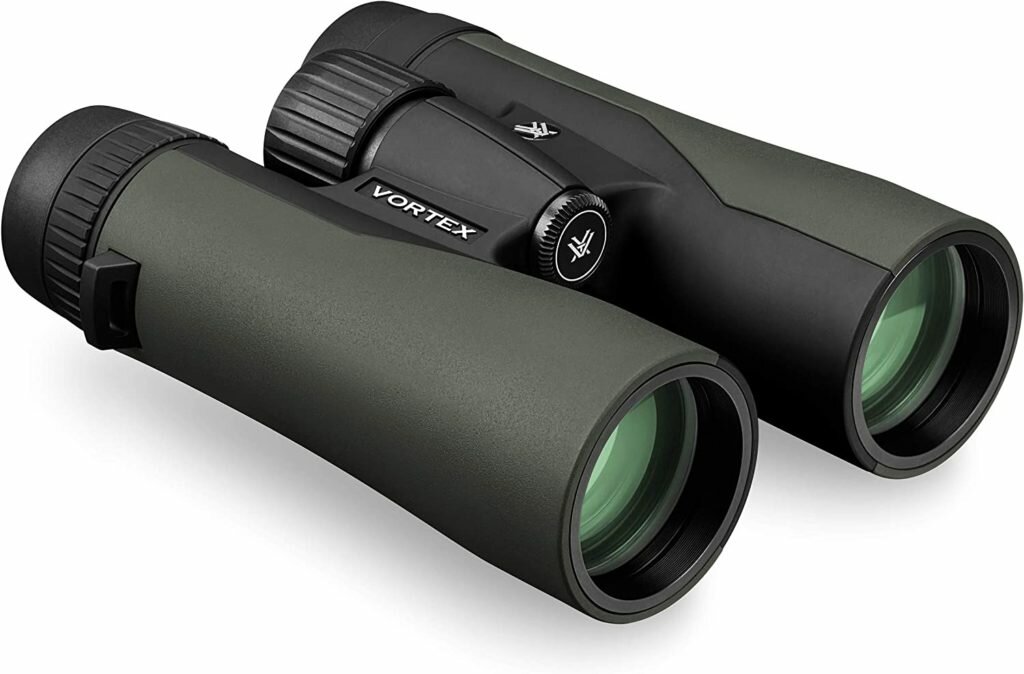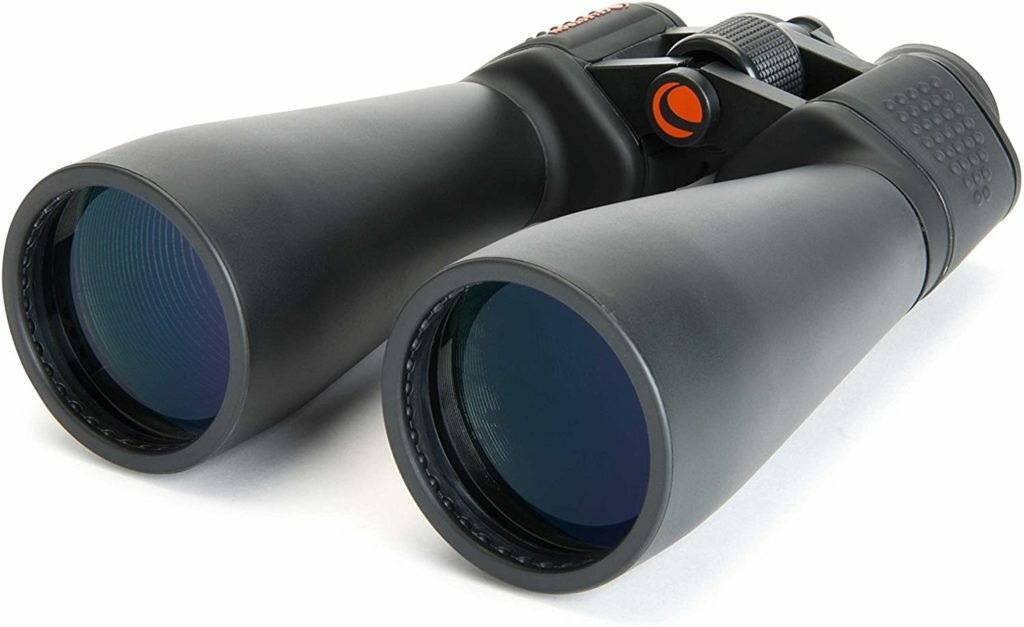Best astronomy binoculars - Binoculars are the go-to partners of all astronomers. But selecting the right tool for stargazing can be tedious, especially if you have just started.
To choose the best astronomy binoculars, you need to keep various optics specifications (magnification power, objective lens aperture, prism configuration) and design features (exterior grip, mount compatibility, and smartphone adaptor) in mind.
And to help you in this quest, we have short-listed two finest quality binoculars that suit beginners and expert stargazers equally.
Best Binoculars For Stargazing – Our Top Picks - Best Astronomy Binoculars
Vortex Optics Crossfire HD Binoculars


Crossfire HD with 10x magnification, a 50mm objective lens is most popular among astronomers; however other options (8x42, 10x42, 12x50) are also available.
Design features like retractable eyecups, long eye relief (17 mm), non-slip grip, harness, and tripod adaptability make it a user-friendly binocular.
The internal setup has a roof prism design, making it lightweight (only 29.5 ounces) and easily portable.
Vortex uses multi-coated lenses in this binocular to ensure consistent light transmission. All its air-to-glass surfaces are polished with an anti-reflector coating to prevent distortion and blurriness.
Another feature is precise focus adjustments. You can set the focus for both sides through the center focus wheel. And if your eyesight differs for both eyes, use the Diopter on the right eyepiece to adjust focus separately.
It works well even when exploring space on a dewy night because Nitrogen purging and O-ring seals keep the moisture and fog from seeping gradually into the telescope tubes.
You can purchase Crossfire 10x50 for $169 at Amazon.
Pros
- Multi-coated lenses
- Precise focus settings
- Adjustable eyecups
- Nitrogen water-proofing
- Lightweight
- Wide field of view (6.1º/320 feet)
Cons
- The edges are a little blurry
- Close focus is short for astronomy
Celestron – SkyMaster 15x70 Binocular


Celestron SkyMaster 15x70 is an affordable yet high-quality binocular , best for novice astronomy geeks.
Wide lens aperture of 70 mm makes SkyMaster proficient at capturing light from stars. Resultantly, you can see more stars and planets than a low aperture telescopes. Plus, its 15x magnification gives you a magnificent outlook of celestials.
Its lenses are multi-coated so that you can observe more details with minimized light scattering. Furthermore, light transmission is optimized by using BAK4 prisms to provide clearer and more detailed views.
Due to its parro-prism setup and larger objective lenses, a tripod is necessary for steadiness. That is why it has a built-in tripod fixture. Besides that, it comes with a smartphone adaptor.
If your eyesight is different for both sides, you need not worry about having headaches because it has dual focus adjustments. Also, a central focus knob is present when you want to simultaneously change the focus of both sides.
Though not nitrogen-purged, its design is water-resistant. Also, the product comes with a nylon carry case to keep it safe from moisture and dust in storage.
It costs $92.31 with and $79.32 without a smartphone adaptor.
Pros
- Manual focus
- BAK4 prisms
- Tripod and mobile adaptable
- Distant close focus
Cons
- No nitrogen water-proofing
- Lesser field of view (4.4º/231 feet)
Conclusion
To sum up, Vortex Crossfire HD is our top pick for best astronomy binoculars because it has a modern optics setup, high fog-resistant, and efficient focus adjustments. All these features within a moderate price range are a great deal for any astronomer seeking brighter and more vivid views in the dark.
And if you want to enjoy stargazing at an even lesser expense, we recommend Celestron SkyMaster 15x70. You will be dazzled with celestial views due to the high light transmission capacity of its BAK4 prisms and multi-coated lenses. You can also capture these scenes using its smartphone adaptor.
